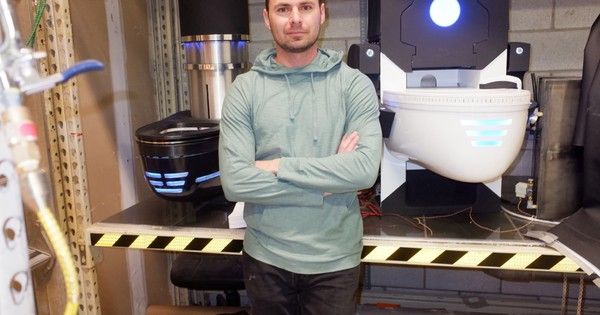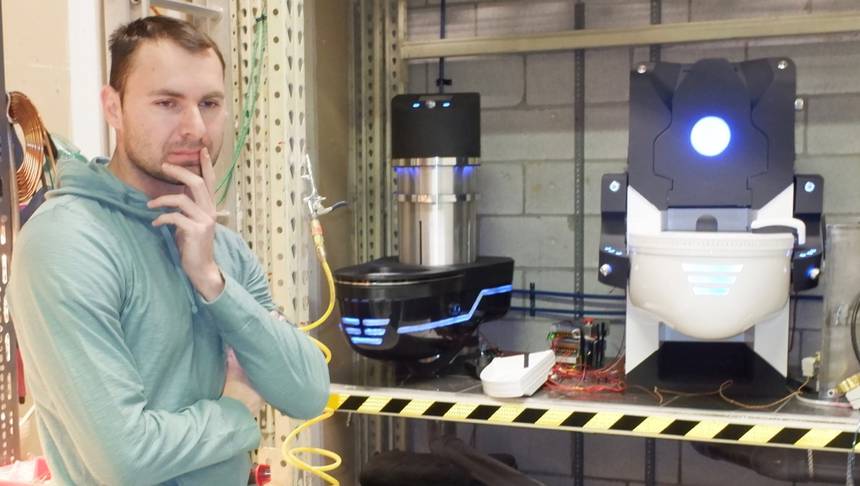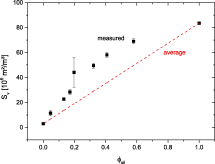In what is being hailed as a lucky accident, a salvage team looking for containers that had fallen off a transport ship in Dutch waters discovered a 16th-century shipwreck on the North Sea floor.
Copper plates and wooden beams were found on the vessel, which dates back to 1540, making it the oldest find of a seafaring ship in Dutch waters ever, according to the Netherlands Cultural Heritage Agency.





 via @kittyhawkaero
via @kittyhawkaero

 Ivan pondering toilets / Lloyd Alter/
Ivan pondering toilets / Lloyd Alter/

